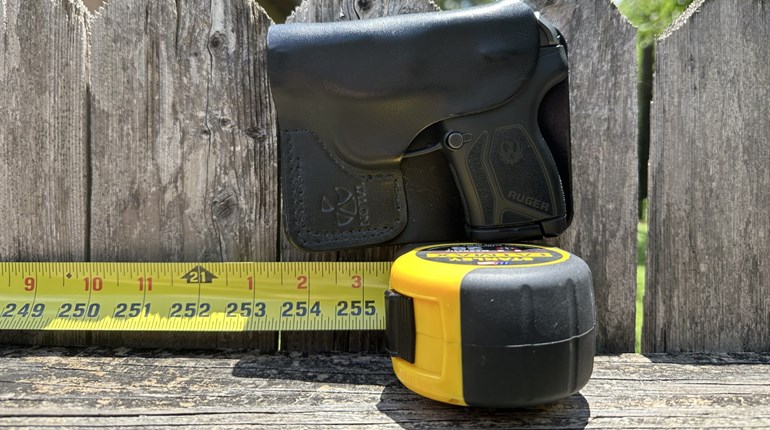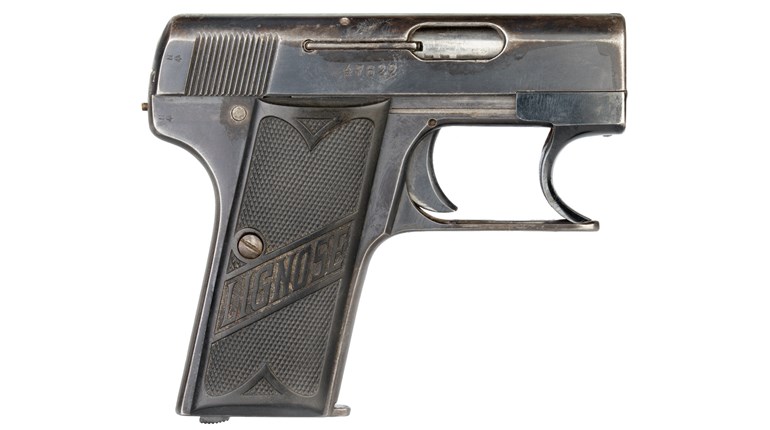
The Problem:
You have a good job, are just starting to get established in life and are considering exploring shooting for recreation and perhaps personal defense. Nobody in your circle of friends has a gun, but some have expressed an interest in joining you. You realize you don’t know what you don’t know, so how do you get started and what are some of the essentials necessary to build a good foundation from which to work.
The Solution:
As with everything worth learning, one should make it a point to go to reliable and reputable sources for best results. Online searches can be quite confusing for beginners—unless you know the right questions to ask—which often lead to additional questions. These new conundrums will need to be deciphered as to determining their relevance to the path you want to take.
Sometimes it pays to get in touch with several different sources of information, such as the National Rifle Association or National Shooting Sports Foundation. Both groups offer guidance and training programs for people who have an interest in shooting, but don’t want to make a big investment in a lot of equipment initially.
To narrow the field geographically, but still maintain a level of factual quality, each of the 50 states has a state association that is an excellent resource for information regarding ranges, training opportunities and special-interest groups related to firearms. A quick study of this information will reveal listings of learning opportunities like seminars on firearms familiarization or training classes at a variety of skill levels.
Further into the process of learning more is choosing what class would benefit you the most in getting started. Take a look at the course curriculum or description of a class that seems interesting to see if it corresponds with what you hope to learn. Never hesitate to get in touch with the instructor or organization conducting the class if there are questions as to whether this class is suitable for you or not. This usually can be determined in a short conversation relevant to what you want to achieve and what the class will provide to help realize those goals.
Safety should be among the first topics discussed. This, as well as the rest of the conversation, should be shrouded in simple- and easy-to-understand descriptions of the skill and knowledge to be acquired in the training session.
To put this in perspective, firearms safety for a beginning individual can be distilled down to two simple thought processes. These, when put into action during the handling of a firearm, will provide confidence for the new student in their endeavors. In fact, both muzzle management and trigger-finger discipline will not only facilitate a safe environment when handling a firearm, they will provide success in hitting the target when executed properly.
Nomenclature as well as short-but-accurate definitions of the terminology used in the descriptions used should parallel the safety discussion. Simply put, the muzzle is where the bullet exits the gun. Pulling the trigger is what makes the bullet exit the gun. Wherever the muzzle is pointed when the bullet exits the muzzle determines where the bullet is going to go. The bullet will only exit the muzzle if the trigger is pulled. In defining what a safe direction is and what a target consists of, it becomes apparent where the muzzle must be pointed at any time under a given set of circumstances. In referencing the trigger, it is as simple as not touching it until ready to fire the gun, dry or live. When the trigger is touched, the movement from start to finish is smooth and fluid so as not to add movement to the gun until a discharge takes place.
Becoming familiar with the terms for the parts of the gun, nomenclature, is essential for general handling, loading, unloading and rendering the gun safe. Learning that semi-automatic pistols and revolvers are two different types of handguns, which operate and are operated in a different manner is important to know when getting started. An overview of the safety systems and how they work, both passive and active, in each type of firearm used in the class builds confidence and enhances the safety awareness of those being trained.
Basic marksmanship techniques don’t need to be complicated in the beginning as long as safety is adhered to. The essentials can be as simple as how to hold the gun, the use of the sights to get the muzzle pointed at the target and how to pull the trigger without moving the muzzle.
The foundation of getting a good start with a firearm is much like driving a car. Classroom training sets the stage for the practical application. Simplicity in training makes the application easy to understand and therefore easier to perform in achieving the initial goal of safety and success.






































